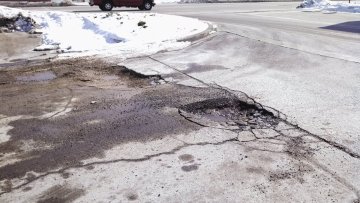We aim to determine how cells faithfully complete genome replication. Accurate and complete genome replication is essential for all life. A single DNA replication error in a single cell division can give rise to a genomic disorder. However, almost all experimental data are ensemble; collected from millions of cells. We used a combination of high-resolution, genomic-wide DNA replication data, mathematical modelling and single cell experiments to demonstrate that ensemble data mask the significant heterogeneity present within a cell population; see [1-4]. Therefore, the pattern of replication origin usage and dynamics of genome replication in individual cells remains largely unknown. We are now developing cutting-edge single molecule methods and allied mathematical models to determine the dynamics of genome replication at the DNA sequence level in normal and perturbed human cells.
[1] de Moura et al., 2010, Nucleic Acids Research, 38: 5623-5633
[2] Retkute et al, 2011, PRL, 107:068103
[3] Retkute et al, 2012, PRE, 86:031916
[4] Hawkins et al., 2013, Cell Reports, 5:1132-41



